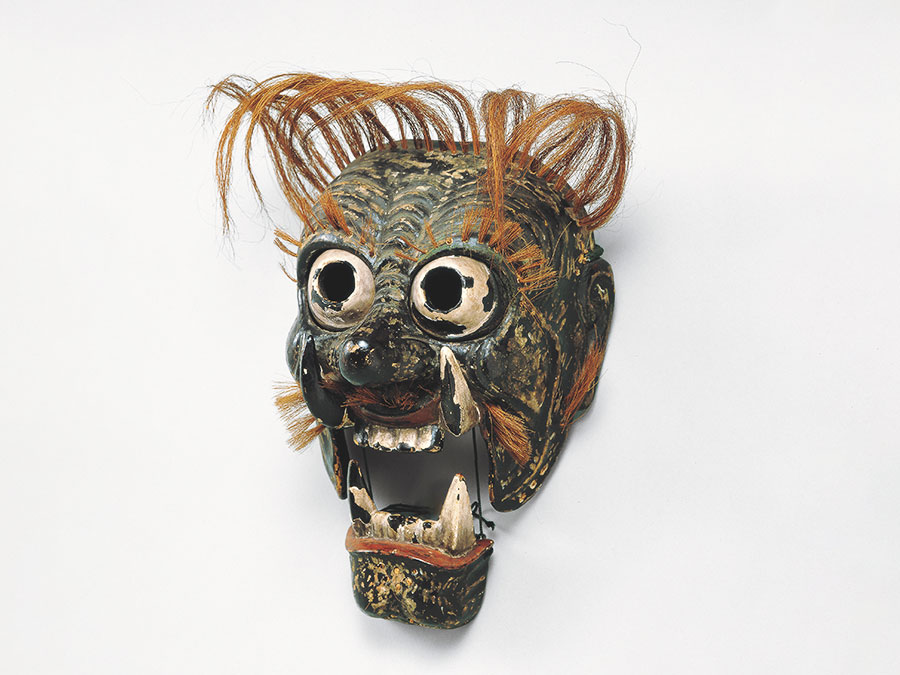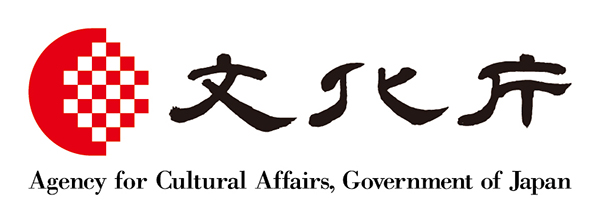Wooden Bugaku Mask “Nasori”

Bugaku is a performing art thought to have been established roughly between the Nara (710-794) and early Heian (794-1185) periods, and since then has been performed at imperial court ceremonies and at shrine and temple religious services as offerings to the divinities. Many ancient bugaku masks have been preserved at ancient shrines and temples, and Kasugataisha Shrine is among them, owning a number from the Heian (794-1185) and Kamakura periods (1185-1333). It has two Nasori bugaku masks that have been designated as Important Cultural Properties.
This mask, used in the Nasori dance and portraying the face of a dragon, dates from around the twelfth century. The eyeballs and jaw are moveable. Nasori is said to depict the playful dance of a dragon. It is still performed every year at the Otabisho part of the Kasuga Wakamiya On Matsuri festival. Nara has its own form of Nasori from the Ōgaryū performance branch, and it differs significantly from the Nasori that has been performed elsewhere in Japan even though the masks and costumes are largely the same. Some significant contrasts are in the kneeling and crouching movements. Bugaku is an essential performing art in the history of religious and ceremonial festivals in Japan and this mask is a fine example of it in its Nara context.
